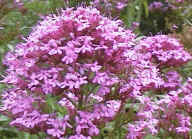
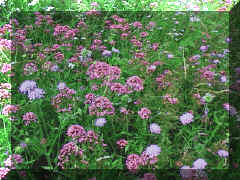
Red Valerian is a favourite of many tourist visitors to Ireland. It grows on walls or dry well drained sites such as Quarries and in the Burren where it is a weed. We do produce seed but in small quantities only.
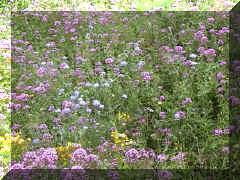
R.V growing on rubble heap, an excellent butterfly plant.
Life Cycle (Form): Perennial
Flower Height: 20 to 60 cm
Foliage Height: 5 - 30 cm
Flower Colour: White,& Pink
Flowering period: June,
Time to Flower: 12, months
Soil Type: Will grow in dry, sandy, Loam,
pH Type: Neutral,
Moisture: Dry,
Aspect: Full sun,
Wildlife Value: High, Attracts Butterflies & Bumblebees,| Species Common Name: Redshank |
| Species Botanical Name: Polygonum persicaria |
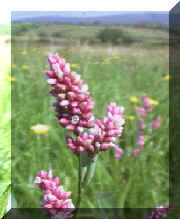
An annual of moist acid fertile soils, it can be endemic on certain damp soils and if it grows too heavily cut it back to 4cm, to allow other species to develop. We include it in mixtures for certain reasons, it grows where few other annual nurse crops will, helping to protect more valuable species. We supply it to replace red Poppies on acid soils and to add red/pink to the annual mix |
| Can be confused with Knotweed. Being an Annual it will only survive the first year in a meadow |
| Management: Keep from over growing more valuable species |
| Tolerance of cutting: Medium, |
| Cutting time: Spring, Summer, |
| Edible / Medicinal: |
|
Life Cycle (Form): Annual, Flower Height: 40 to 60 cm Foliage Height: 5 - 30 cm Flower Colour: Pink Flowering period: July, August, September. Time to Flower: 4 months Soil Type: Will grow in most damp soils. pH Type: Acid, Neutral, Alkaline. Moisture. Moist, Wet Aspect: Full sun, Wildlife Value: Low, Seed eaten by birds |
|
|
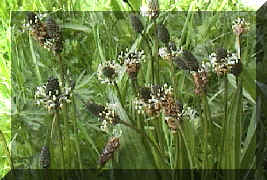
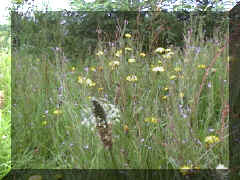
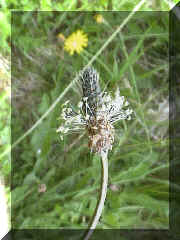
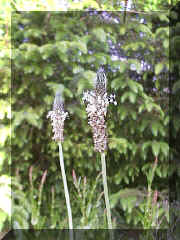
Life Cycle (Form): Perennial
Flower Height: 20 to 60 cm
Foliage Height: 5 - 30 cm
Flower Colour: White,
Flowering period: June, July, August,
Time to Flower: 12, months
Soil Type: Will grow in most soils,
pH Type: Acid, Neutral, Alkaline.
Moisture: Dry, Moist, Wet
Aspect: Full sun, Partial shade,
Wildlife Value: High, Attracts Birds and Insects.